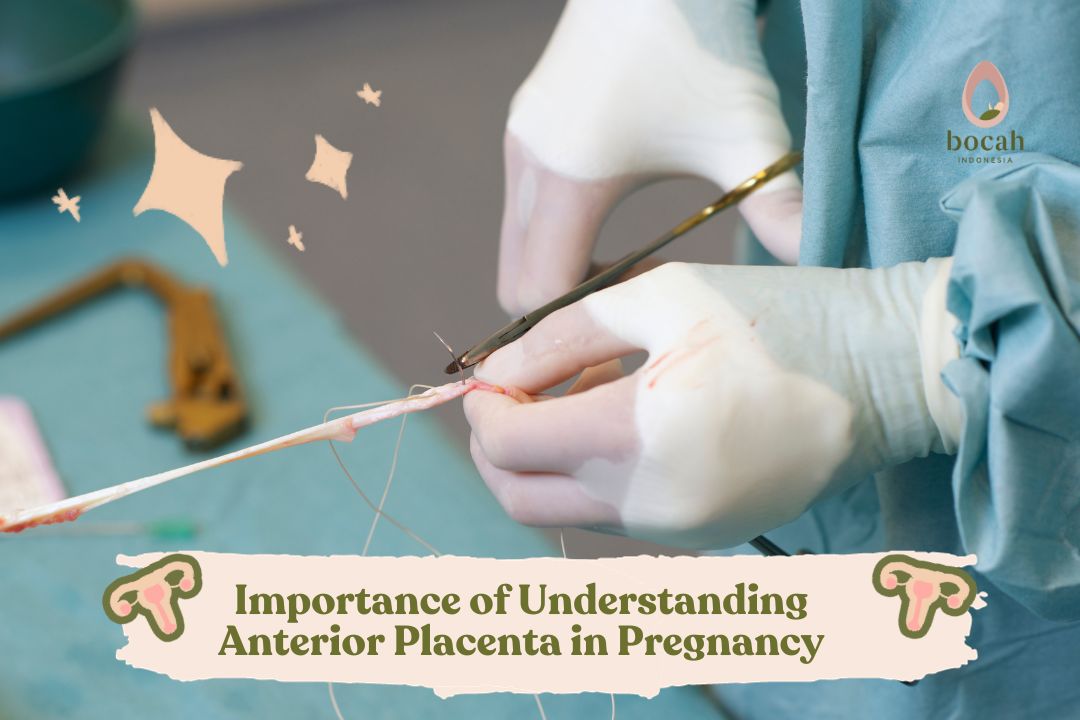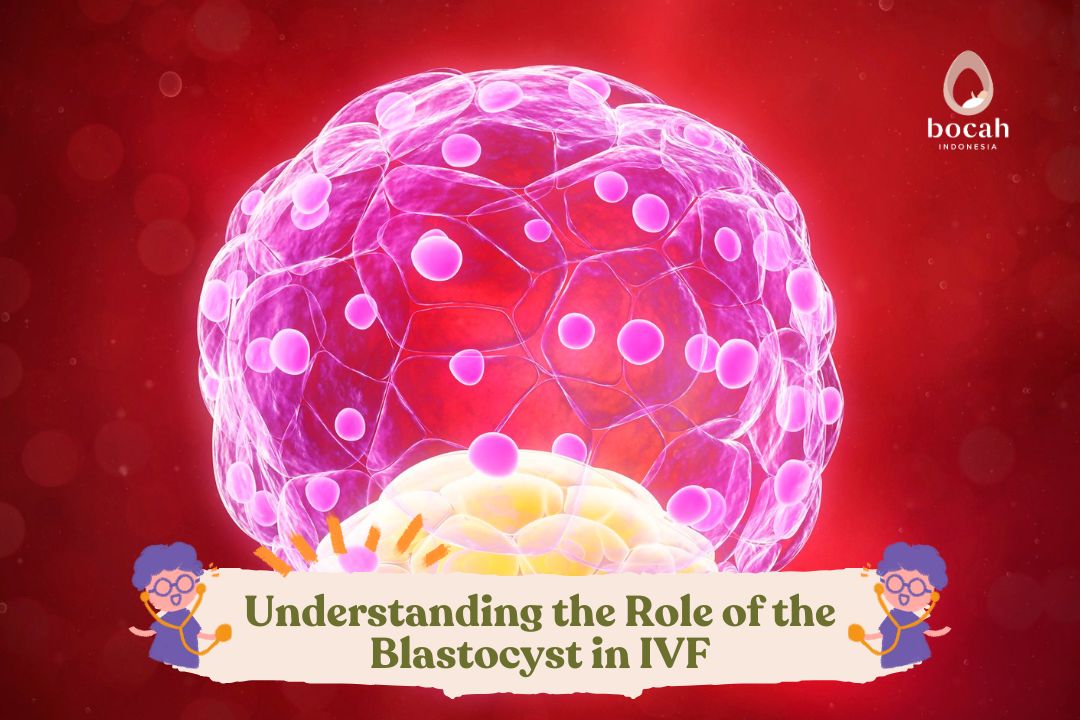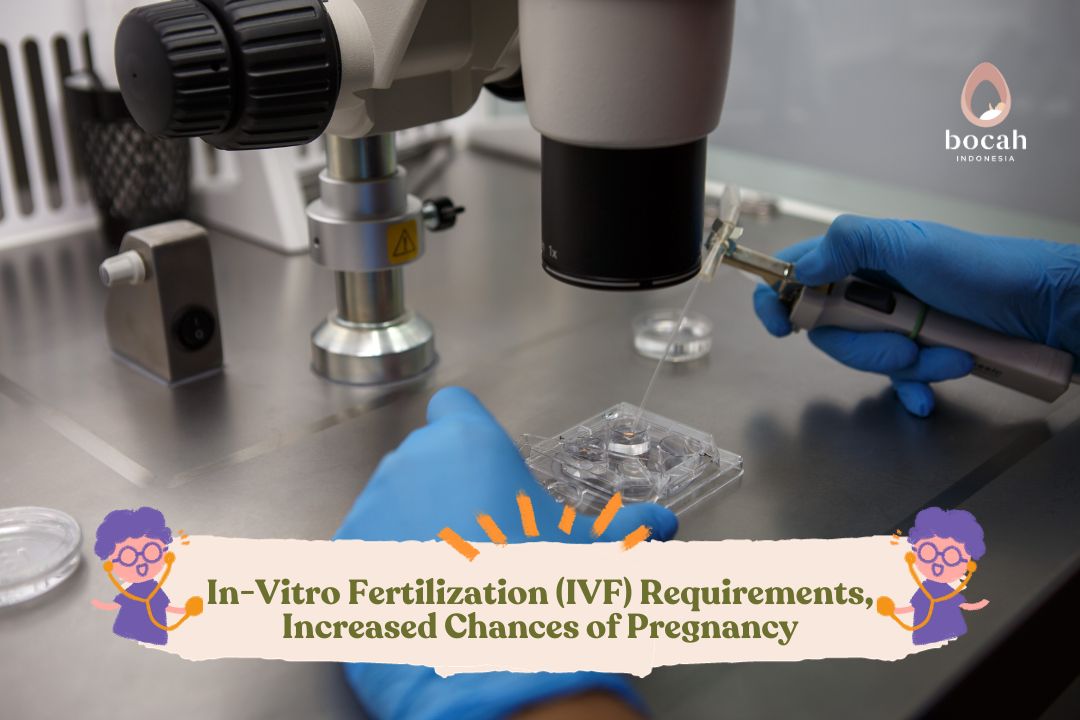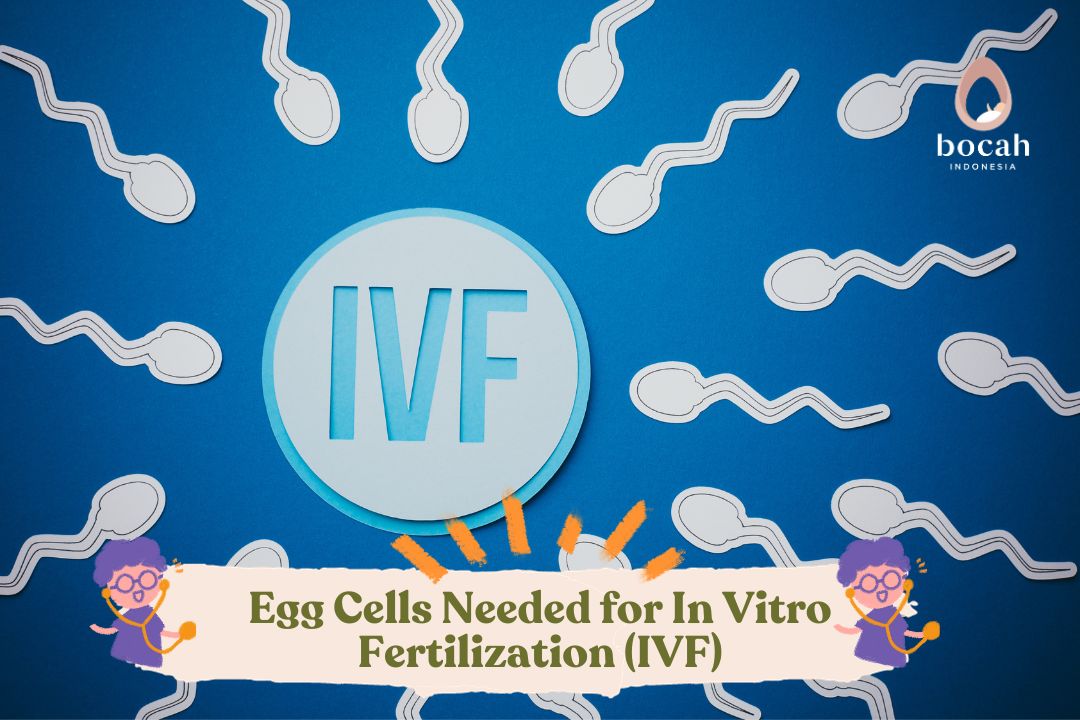The Importance of Understanding Anterior Placenta in Pregnancy

The placenta attached to the front side of the mother’s uterus is known as the anterior placenta. While it generally does not have any significant effects on the mother and baby, there are potential risks that can occur.
The placenta is a unique organ that only appears during a woman’s pregnancy. This disc-shaped or pancake-shaped organ consists of blood vessels and functions to provide nutrients, water, and oxygen to the baby. It also serves as a barrier to protect the baby’s immune system from disease-causing organisms and as a waste disposal system.
The placenta attaches to the uterine wall and connects to the baby through the umbilical cord. This organ contains the same genetic material as the baby.
Various Positions of the Placenta
The placenta begins to form after a fertilized egg implants into the uterine wall, typically around days 7 to 10 after fertilization. The location of this implantation becomes the site where the placenta develops and attaches. In essence, the placenta can form and attach in several locations, including:
- Posterior (on the backside of the uterine wall).
- Anterior (on the front side of the uterine wall).
- On the side of the uterine wall.
- Fundal (on the upper side of the uterine wall).
- Low-lying (at the bottom of the uterine wall, sometimes covering the cervix). This condition is also known as placenta previa.

Tanya Mincah tentang Promil?
What Is an Anterior Placenta?
Generally, the placenta is found on the upper, back, or side of the uterine wall. An anterior placenta, which is located on the front side of the uterus, is relatively rare. In the case of an anterior placenta, this organ is situated on the front side of the uterus, close to the mother’s abdominal wall. You can imagine the anterior placenta as a cushion between the abdomen and your baby.
It is not known why the placenta may attach to the front side of the uterus. After fertilization, the egg cell implants randomly on the uterine wall, and that is where the placenta will grow.
As the pregnancy progresses, the placenta can also enlarge and shift from its initial location. What was originally in the front may move towards the upper, side, or bottom of the uterus.
In general, an anterior placenta does not pose any health problems for the mother and baby. The shape or size of the belly is not affected because the placenta is a relatively thin organ.
The most noticeable consequence of having an anterior placenta is that the mother may need more time to feel the baby’s kicks or movements. For the same reason, doctors may have a harder time detecting the baby’s heartbeat during ultrasound examinations (USG).
Symptoms of an Anterior Placenta
An anterior placenta usually does not cause any symptoms and is often not a cause for concern. Some indications of having an anterior placenta include:
- Difficulty detecting the baby’s heartbeat. It takes longer for doctors to detect the baby’s heartbeat through Doppler ultrasound because the placenta is positioned between the baby and the ultrasound device.
- Difficulty feeling the baby’s movements. Pregnant mothers with an anterior placenta typically take longer to feel the baby’s kicks or movements. Normally, fetal movements can be felt around 18 weeks of pregnancy, but mothers with an anterior placenta may not feel them until after 20 weeks. The intensity of fetal movements may also feel weaker or softer because the placenta acts as a cushion between the baby and the mother’s abdomen.
Are There Risks or Complications Associated with an Anterior Placenta?
There are indeed risks associated with an anterior placenta, but most of these are not harmful to the mother or baby.
- Placenta previa: There is a possibility that an anterior placenta may grow and shift downward. This means the placenta will grow toward the cervix and may partially or completely cover it. This condition can lead to mild to severe vaginal bleeding. More serious complications can occur if bleeding due to placenta previa is very heavy.
- Cesarean section: Pregnant women with placenta previa are more likely to undergo a cesarean section because the placenta obstructs the baby’s passage through the birth canal.
- Unusual fetal position at birth: Having an anterior placenta increases the chances of the baby being born in an occiput posterior (OP) position. This means the baby’s head is down, but their back is against the mother’s back, and their face is upward. This can make the natural delivery process longer and more painful.
Diagnosing an Anterior Placenta
Doctors will determine the location of the placenta during an ultrasound scan between weeks 18 and 21 of pregnancy. These weeks of ultrasound examination are commonly referred to as fetal scanning, during which the baby’s size and all its organs will be evaluated.
It is common for the placenta to change position as the uterus grows. Therefore, an anterior placenta may not be diagnosed until around 20 weeks of pregnancy. Sometimes, doctors may recommend additional ultrasound examinations closer to the estimated due date to check the placental location and ensure it does not cover the cervix or birth canal.
Can an Anterior Placenta Be Treated or Prevented?
To date, there is no specific way to correct an anterior placenta. This condition usually does not lead to complications. Treatment is only necessary if an anterior placenta becomes placenta previa or if there are other pregnancy complications.
Having an anterior placenta also does not mean that you cannot have a normal delivery. The only thing that would prevent a normal delivery is if there is placenta previa. In such a case, delivery would need to be done through a cesarean section.
Read also: Placenta Previa, When the Placenta Covers the Birth Canal (example.com)
Since the cause is unknown, there is no way to reduce the risk of having an anterior placenta. The placenta will grow where the embryo implants.
Read also: How to Determine Baby’s Gender, Here Are the Factors (example.com)
When Should You See a Doctor?
All pregnant mothers should have regular check-ups with their doctors. While an anterior placenta usually does not cause problems, the following symptoms may indicate placental issues:
- Vaginal bleeding.
- Rapid or constant uterine contractions.
- Severe back pain.
- Abdominal pain.
- Reduced fetal movement.
- A tight-feeling uterus.
These symptoms tend to occur suddenly and are often intense. If a pregnant mother experiences any of these symptoms, it is important to see a doctor promptly.
Conclusion
The placenta can still support the baby’s growth regardless of whether it is located on the top, side, front, or back of the uterus. If you are a first-time mother, you may be concerned about waiting longer to feel your baby’s movements. However, rest assured that your pregnancy is likely to be normal and healthy. Complications due to an anterior placenta are very
Source:
- Cleveland Clinic. [Last reviewed 16 June 2022]. Anterior placenta. URL: https://my.clevelandclinic.org/health/diseases/23306-anterior-placenta.
- Herrick EJ, Bordoni B. Embryology, Placenta. [Updated 2023 May 1]. In: StatPearls [Internet]. Treasure Island (FL): StatPearls Publishing; 2023 Jan-. URL: https://www.ncbi.nlm.nih.gov/books/NBK551634/
- Mayo Clinic. [Last reviewed 03 Dec 2022]. Placenta: How it works, what’s normal. URL: https://www.mayoclinic.org/healthy-lifestyle/pregnancy-week-by-week/in-depth/placenta/art-20044425.










